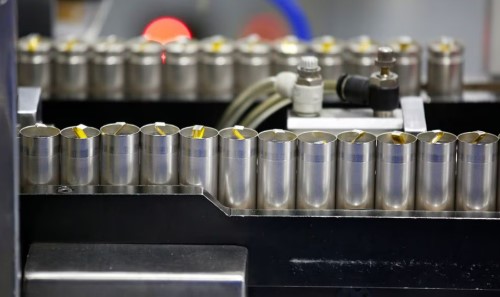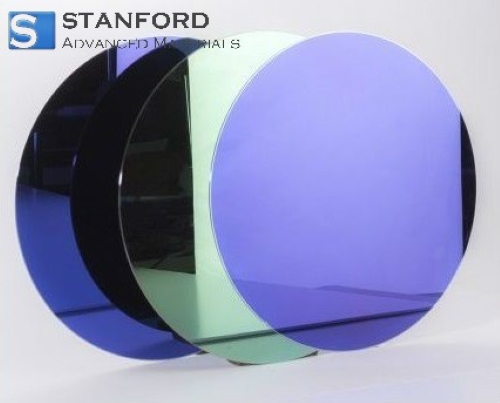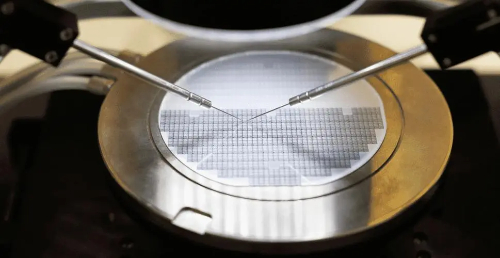Cobalt in EV Batteries: Advantages, Challenges, and Alternatives
Introduction
With the electric vehicle (EV) industry gaining momentum, the role of cobalt in EV batteries has come under intense scrutiny and spurred innovation. Cobalt, a critical component in many lithium-ion EV batteries, offers numerous advantages but also poses environmental, ethical, and cost-related challenges. In this article, we explore the intricate relationship between cobalt and EV batteries, examining its advantages, and disadvantages, and the quest for sustainable alternatives that promise a cleaner and more ethical future for electric mobility.
 [1]
[1]
Figure 1. EV Battery Production
Advantages of Cobalt in EV Batteries:
Cobalt's role in enhancing energy density and ensuring stability in lithium-ion batteries is indisputable. These batteries rely on the movement of lithium ions (Li+) between the anode and the cobalt-containing cathode. And cobalt serves multiple vital functions:
l Enhanced Energy Density: Cobalt, particularly when combined with nickel, contributes to higher energy density in lithium-ion batteries. This translates to longer driving ranges and improved performance for electric vehicles.
l Stability and Longevity: Cobalt-based cathodes are renowned for their stability and long cycle life. This means that EV batteries can undergo numerous charge and discharge cycles before experiencing significant capacity degradation.
l Voltage Stability: Cobalt-containing batteries maintain stable voltage output throughout their lifespan, crucial for the consistent and reliable performance of electric vehicles.
l Fast Charging: These batteries can handle high charging rates, allowing for rapid charging and reducing the time required to replenish an EV's battery.
Concerns with Cobalt in EV Batteries:
While cobalt offers undeniable benefits, it also raises significant environmental concerns, ethical dilemmas, and cost-related considerations, including:
l Environmental Impact: A significant portion of the world's cobalt supply is mined in regions with lax environmental regulations, leading to habitat destruction and pollution. Cobalt mining is associated with adverse ecological impacts, including soil and water contamination.
l Ethical Concerns: Cobalt mining, particularly in the Democratic Republic of Congo (DRC), has been linked to human rights abuses and unsafe working conditions. This raises ethical questions about the sourcing of cobalt for EV batteries.
l Cost and Supply Chain Risks: Cobalt is relatively expensive, and its price can be volatile due to supply chain disruptions and geopolitical factors. This can impact the cost-effectiveness of EV battery production.
Exploring Sustainable Alternatives:
In response to these challenges, the EV industry is actively exploring alternative designs, such as:
l High-Nickel Cathodes: Battery manufacturers are increasing the nickel content in cathodes to reduce cobalt reliance. High-nickel cathodes, such as NCM and NCA, offer a balance between energy density and cost.
l Lithium Iron Phosphate (LiFePO4): LiFePO4 batteries are entirely cobalt-free and are known for their safety and long cycle life. They are increasingly used in EVs where safety and sustainability are paramount.
l Solid-State Batteries: Solid-state battery technology is emerging as a promising alternative. These batteries replace the liquid electrolyte with a solid material, reducing or eliminating the need for cobalt and enhancing safety and energy density.
l Lithium-Titanate (Li-Ti) Batteries: Li-Ti batteries, specifically lithium titanate, are another cobalt-free option. They are known for their fast charging capabilities, long cycle life, and good performance at low temperatures, albeit with slightly lower energy density compared to other lithium-ion batteries.
l Sodium-Ion Batteries: Sodium-ion batteries are an emerging alternative that does not contain cobalt and can be suitable for certain applications, although they have some performance trade-offs.
Conclusion
In summary, the relationship between cobalt and EV batteries is indeed complex, marked by a delicate balance between advantages and challenges. While cobalt has played a crucial role in powering the EV revolution, the industry's commitment to sustainability and ethical sourcing is driving the exploration of alternative battery chemistries and recycling practices. As innovation continues, the hope is to create a cleaner and more affordable future for electric mobility.
Stanford Advanced Materials (SAM) is a reliable supplier of lithium-ion battery materials. Lithium nickel cobalt manganese oxide (NCM), lithium nickel cobalt aluminum oxide (NCA), lithium cobalt oxide (LCO), and lithium iron phosphate (LFP) are available. If you're interested, feel free to send us an inquiry.
Reference:
[1] Desai, P. (2022, January 3). Explainer: Costs of nickel and cobalt used in electric vehicle batteries. Reuters. Retrieved September 13, 2023, from https://www.reuters.com/business/autos-transportation/costs-nickel-cobalt-used-electric-vehicle-batteries-2022-02-03/








